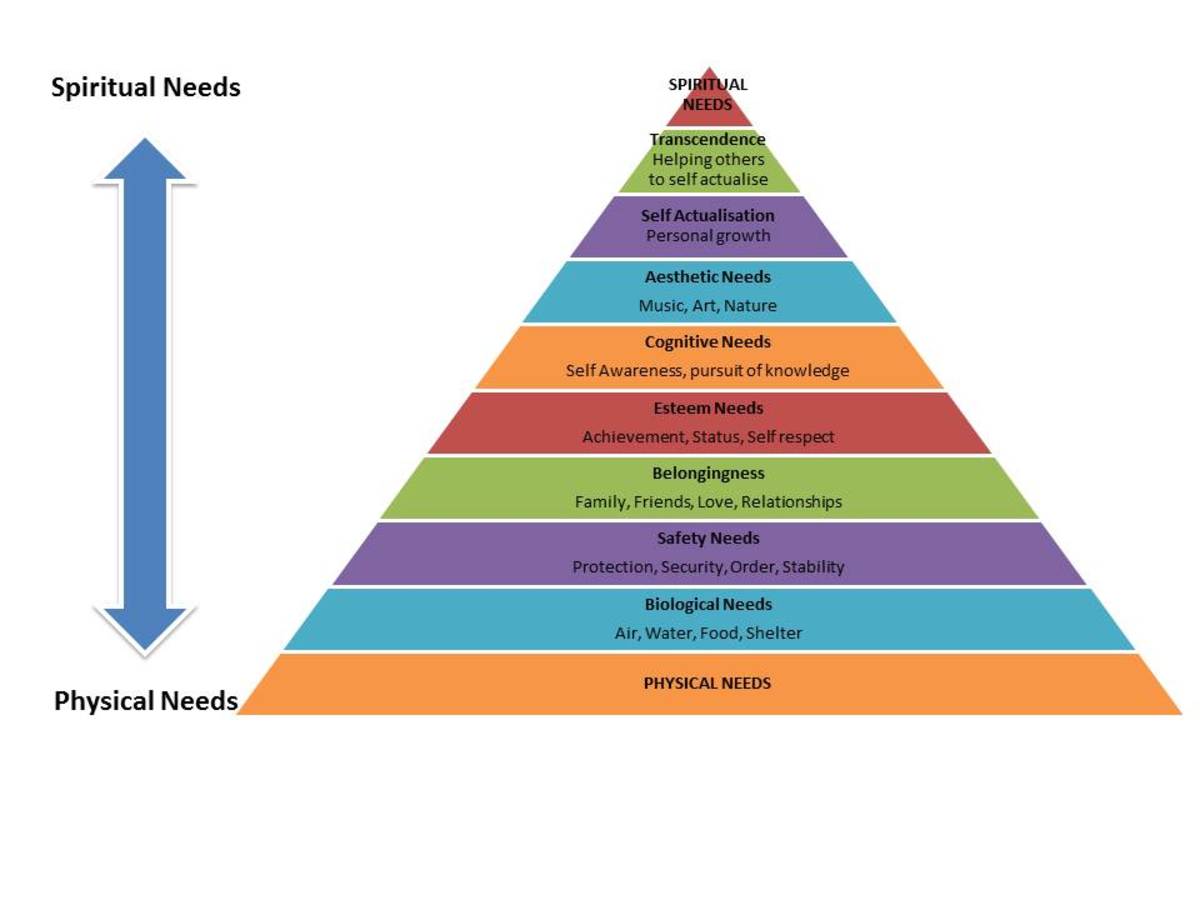Top Seven Motivators for Employees

Motivation in the Workplace
In reading the literature on Employee Motivation, I find the following seven elements stand out in that they seem vital and necessary to simulating employees to produce up to capacity, to stay with a company, and to be satisfied with their jobs.
The success of managers and supervisors in learning to use good motivation strategies for employees may key on these seven items. Work places likely need the following elements:
Lucky Seven - Seven is a Magic Number in Many Societies

1) Workplace Atmosphere - In order to perform their best, employees need to work in an environment that is safe, clean, productive, and consistently friendly, fair, and free from abuse. Workers want to feel that there is a general sense of inclusiveness toward all current staff, applicants, new hires, and all management levels, according to EEO standards. Workers want to be able to trust the leadership of the company and one another.
2) Employee Needs - Employees have multiple needs, per individual, family, and cultural background. These needs depend on workers' current and desired economic, political, and social status; career aspirations; the need to balance career, family, education, community, religion, hobbies, etc.; and a feeling of satisfaction with their current employment status.*
*The Need to Lead - Managers, supervisors, and executives need to teach, coach, and develop other people more than other employees need to do so. They expect to influence company goals and strategies for achieving the company Mission Statement. However, these leaders must learn to assess and manage employees' needs and motivators as well as their own for success.
3) Equity - Employees want to be treated and paid equitably for well-defined, clear responsibilities, regardless of the demographics (age, race, sex, gender, nationality, ethnicity, and others). If they increase their work efforts and perform better, employees expect to be paid more than coworkers who produce at or below average. There is little other reason to work harder, unless incentive awards are in place.
Related Ideas
- Top 10 Reasons Employees Quit
Workers quit jobs daily in America, but what are the reasons? Many reasons exist and these are the 10 I have most heard in my Employment & Workforce Development activities from 2000 - 2012. - Top 10 Reasons Employees Get Fired, Among Surveyed Companies in the 21st Century
Here is a typical Bread Line or Unemployment Line back in the 1930s, but we're having them today as well. Dishonesty, evasion, or lack of integrity on the job can be the culprit, as well as lack of training and misunderstandings.
4) Job Responsibilities - If the worker feels competent in performing in more challenging capacities and has related skills and competencies, then the employee may feel led to ask for more responsibilities and the expected rewarded of additional pay and benefits.
5) Effort - Even though employees may exert higher levels of effort on the job, based on a their perceived rewards fro doing so, this may be short-term if the task does not provide challenge and job satisfaction.
6) Employee Development - Employees want to work in environments that provide a challenge, offer new learning opportunities, significantly contribute to company success, and offer opportunities for advancement and personal development along their interest lines.
7) Feedback - Employees want to have open feedback on time from their supervisors. It should be ongoing during the fiscal year and not limited to formal performance reviews. It can be less formal and even take the form of a compliment. Useful feedback (positive or negative) should come from either/both the supervisor or the employee, without retaliation form the other.

American Success
American businesses may be wise to keep their best employees long-term in order to gain the most form their knowledge, insights and skills in order to become leaders int their industries with top flight brands, products, and services. To accomplish this, management and HR staff must assess employee needs and specific motivators of an employee population, as well as of individuals, and learn to use this information to build a better workplace and workforce, worker by worker, and team by team.
Successful employee motivation programs can include specially designed pay, benefits, and job structures; incentive programs, ongoing professional development, and employee autonomy.
Management and Company Administrations can seek out professional development services in the community to help them learn to apply employee motivation principles in a successful manner that will increase sales and profits while reducing loss and turnover.










